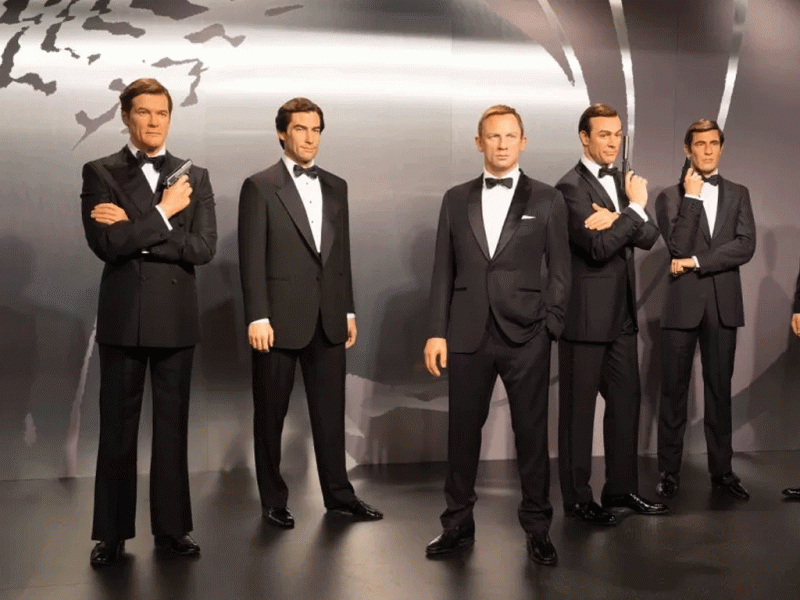Every entrepreneur with hopes of growing a business appreciates that the transition from start-up to burgeoning SME is fraught with difficulty. So is the move from SME to something larger. Irrespective of an enterprise’s size, the constant challenge is to ensure sustainability.
One lesson that’s well worth bearing in mind when contemplating these and other hurdles to longer-term prosperity is that not everything that may have worked in the past is guaranteed to work in the future. History is littered with organisations that lost sight of this near-eternal truth, however obvious it might appear at first glance.
Business school students are frequently given the spectacular example of Kodak, which sowed the seeds of its own destruction by inventing digital photography and choosing not to capitalise on it. Despite patenting numerous novel technologies, Kodak decided that the analogue products on which it had built its fame and fortune would go on carrying it forward. The ultimate outcome was bankruptcy.
Perhaps just as instructive, though, are illustrations from outside the narrowest definitions of “business”. Consider, for instance, the world of cinema, where the notion of a franchise – a succession of sequels capable of keeping audiences coming back for more – has recently been reinvigorated by the likes of X-Men, The Fast and the Furious, Spiderman and The Lord of the Rings.
The James Bond canon might not be the highest-earning franchise of all time – the Harry Potter films now lay claim to that honour – but it remains the longest-lasting. And the thinking behind its longevity helps explain how any business, wherever it may be on its growth trajectory, can enhance its chances of surviving and thriving.
The enduring and the ephemeral
There’s an important difference between the Bond brand and the other series mentioned above. The likes of X-Men and The Fast and the Furious have demonstrated their appeal over the space of comparatively few years. Having debuted in 1962’s Dr No, Bond has been around for more than five decades.
Sociocultural shifts alone dictate that much of the format and formula underpinning the early instalments couldn’t expect to pass muster today. Even post-modernist irony wouldn’t justify a 21st-century Bond film that relied on the defining tropes of the 1960s and early 1970s, not least with regard to gender equality.
Take Britt Ekland’s turn as the bikini-clad, high-heels-wearing, ridiculously incompetent Mary Goodnight in The Man with the Golden Gun. If such a misogynistic view of women were presented to viewers now, 45 years later, in the Me Too age, the Bond bandwagon would be blowing its own wheels off.
It’s right to stress, of course, that the series has occasionally been slow to acknowledge its shortcomings. Sometimes it has even flirted with disaster. Crucially, though, it has always taken action before reaching the point of no return.
Moreover, in doing so it has usually made a clear distinction between what should continue to work well and what manifestly won’t continue to work well; between what audiences still expect and what they no longer desire; between the enduring and the ephemeral. In essence, it has recognised that sustainability is rooted in a delicate blend of the stable and the dynamic.
Continuity and reinvention
This suggestion isn’t based on a quick blast through the Bond back catalogue. It’s based on an in-depth analysis that incorporated every conceivable element of the brand, including all 24 “official” films to date, press reports, marketing material, reviews, the original Ian Fleming novels and many other sources.
We imagined when we first embarked on our study that it would prove useful to marketers in the movie industry. We soon realised that it could prove useful to marketers in almost any sector. And eventually, as the key lesson of Bond’s sustainability increasingly took shape, we saw that it might prove useful to pretty much any business.
This undoubtedly includes small businesses, whose formative stages are likely to be characterised by significant churn and change. As with Bond, the task of balancing core continuity and reinvention looms virtually from the outset and never really goes away.
It begins as a make-or-break case of engaging an audience. Over time, as circumstances and attitudes develop, it becomes a case of re-engaging – a question of determining what to retain and what to replace in pursuit of the relentless quest for relevance.
Bond has pulled off the trick for 50-plus years. As the villainous Kamal Khan remarked to 007 in Octopussy: “You seem to have a nasty habit of surviving.” Nasty or not, it’s a habit well worth cultivating.
Finola Kerrigan is a Professor of Marketing and Consumption at the University of Birmingham’s Birmingham Business School. The research referenced here, ‘Licensed to Assemble: Theorising Brand Longevity’ (https://academic.oup.com/jcr/article/46/2/330/5253362), was carried out with Dr Daragh O’Reilly, formerly of the University of Sheffield, and Dr Chloe Preece, of Royal Holloway, University of London.
